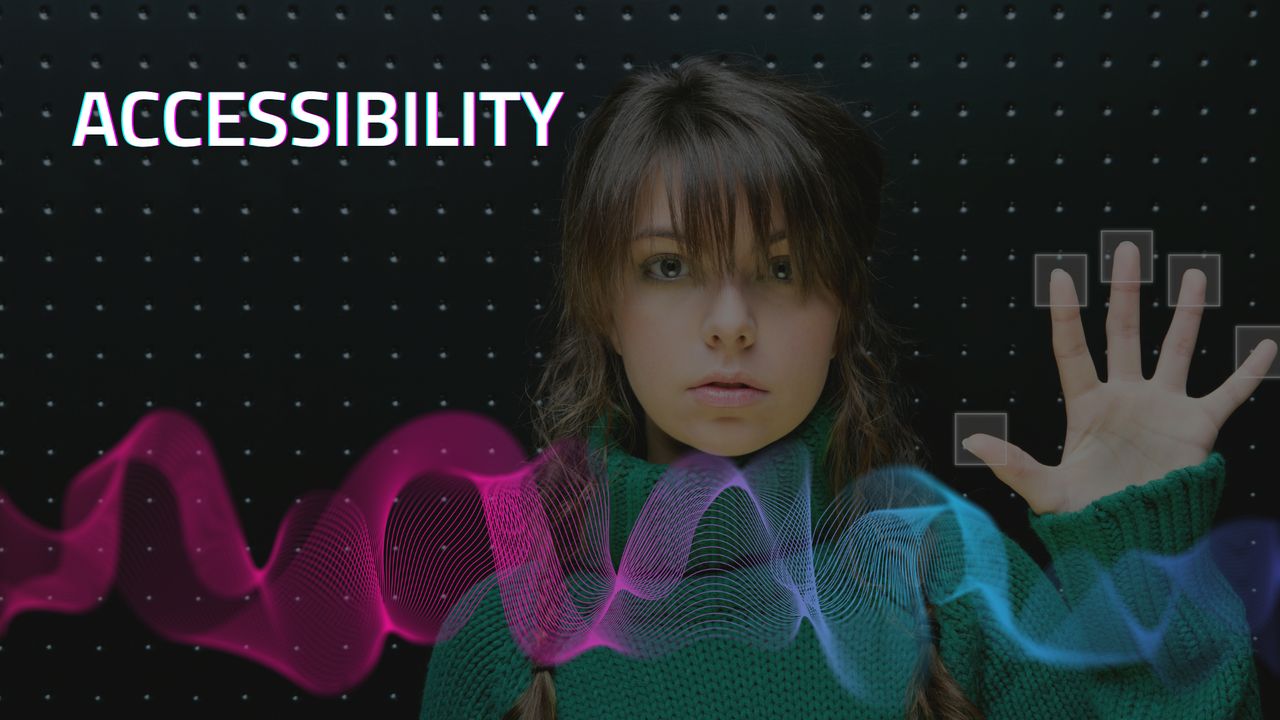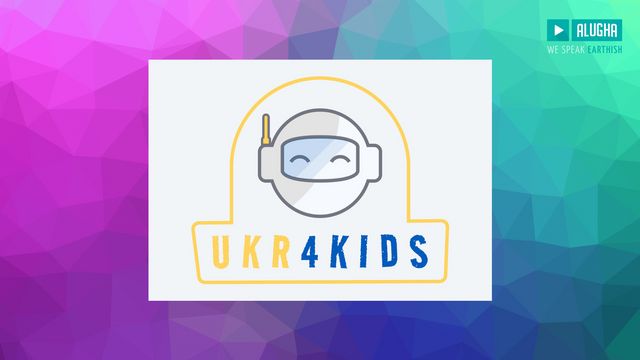Subtitles for deaf and hard-of-hearing people
Whether on YouTube, Facebook, or Instagram: Videos are more and more prevalent in our online and social media marketing. That's why videos need to be accessible to people who are deaf or hard of hearing. Subtitles help these people understand video content and overcome language barriers. Likewise, they are also important in noisy environments.

Read this article in: Deutsch, English, Italiano, Русский
Estimated reading time:3minutesThe large number of people with disabilities
There are 430 million deaf people in the world. That's 5 % of the total population. Furthermore, 1.6 billion people in the world suffer from hearing loss. In Germany alone, there are 10 million hard-of-hearing people! By 2050, the WHO expects 2.5 billion people to suffer from hearing loss. These numbers are rising steadily as the world's population grows and life expectancy increases. This means that in the future, one in four people worldwide will have to live with a hearing impairment. Additionally, according to forecasts, the number of people with severe disabilities will increase from 430 million to 711 million. (according to WHO)
Communication
There are big communication problems between blind and deaf people. A subtitled video allows deaf people to read the subtitles and understand the video. Blind people can grasp video content by listening and thus both disabilities are overcome at the same time.
Quantity and quality
On television, subtitles are either missing entirely or are of low quality. TV content is often summarized in the subtitles or words are simply omitted. For deaf people, this
means they can only partially understand the content and dialog, or not at all. Therefore, the German Association of the Deaf demands high-quality subtitles as well as professional interpreters.
High Internet activity
People with disabilities are more active than average on the Internet:
- People without disabilities about 5.1 days per week
- People with disabilities about 6.5 days per week
Additionally, one in two people with a disability owns a smartphone.
Accessible education for deaf people
Videos and podcasts have become indispensable media for education, explainer videos, or tutorials. Without subtitles or transcriptions, these formats are difficult or impossible to access for people with
hearing impairments.
New processes for creating subtitles
Until now, creating transcripts and subtitles has been a time-consuming and costly process. State-of the-art technology such as automatic speech recognition significantly speeds up this process and
massively reduces costs for companies.
Legal Requirements
Public institutions are particularly required to comply with BITV 2.0. This is the so-called Ordinance on Barrier-Free Information Technology. It came into force as part of the Disability Equality Act.
According to it, modern information technology should be fully accessible. This means that people with disabilities can use content just as easily as people without disabilities. This also applies to
videos, of course. Essentially, there are three points to creating accessible videos:
a. The video must include sign language.
b. The video must have subtitles.
c. Ideally, videos are provided in plain language.
https://www.gesetze-im-internet.de/bitv_2_0/BJNR184300011.html
The EU has also issued new guidelines regarding accessibility for websites: Digital accessibility according to "European Accessibility Act (EAA)“. While accessibility for websites in the public sectore was already regulated by a directive (EU-2016/2102) in 2020/2021, the new regulation (EU Directive 2019/882) now applies to private companies and must be implemented by July 2025 at the latest.
https://eur-lex.europa.eu/legal-content/DE/TXT/?uri=CELEX%3A32016L2102&qid=1677751004176, https://eur-lex.europa.eu/eli/dir/2019/882/oj?locale=de
Accessibility with alugha
alugha makes creating transcripts and subtitles a user-friendly process that saves costs and time:
1. alugha's speech-to-text transcription is of very high quality. For example, punctuation is automatically placed correctly in the text and editing the transcript is clear, simple, and fast thanks to
the user-friendly interface. You can divide the text into segments of 30 seconds. If there are any errors, you can fix them in seconds.
2. In addition, alugha has an enormous advantage over other transcription software: The subtitles or transcript can be translated directly into one or many other languages. Furthermore, thanks to the text-to-speech feature, your video will not only have multilingual subtitles, but also audio tracks in all of your desired languages as well. As a result, the video is not only accessible, but also languageaccessible and you gain a higher reach and can greatly increase your target audience.
3. All audio tracks and subtitles are contained in a single video file. This saves storage space and energy without any loss in quality, and it's also environmentally friendly.
4. You don't need additional tools when you use alugha! Everything is done on the alugha platform without any interruption in the workflow. Teams can also work together on a project anytime, anywhere.
5. alugha offers several plans. This allows small and large projects to be implemented quickly and cost-effectively.

More articles by this producer
On International Charity Day
International Charity Day is celebrated annually on 5 September. Find out what alugha has to do with it and how you can celebrate this day in this article.
The blending of Boundaries in the Digital Era: Reality or Fake
Dive into the intricate world of the digital era with this concise blog article exploring the blurred lines between reality and forgery. The spotlight is on Voicecloning, Deepfakes, and artificial intelligence in videos. We shed light on the opportunities and risks associated with these technologies
Videos by this producer
My school internship at the police in Mannheim: Insight into Lennard's police profession
Hello, dear viewers! In this video I would like to tell you about my school internship at the police in Mannheim. As a 15-year-old student, I had the unique opportunity to gain insight into the police profession and I would like to share this experience with you. During my internship, I experienced
A world without language barriers. Is AI the answer?!
Artificial intelligence in the field of language: from voice cloning to green hosting - where is the journey heading? Artificial intelligence technology is on the rise, especially in the broad field of language, translation, STT and TTS. AI is making many previously tedious processes easier and fas
SXSW 2022: URL + IRL
Join us for the 2022 SXSW Conference & Festivals in Austin, TX from March 11-20. Learn more and register to attend at sxsw.com. About SXSW: SXSW dedicates itself to helping creative people achieve their goals. Founded in 1987 in Austin, Texas, SXSW is best known for its conference and festivals tha





